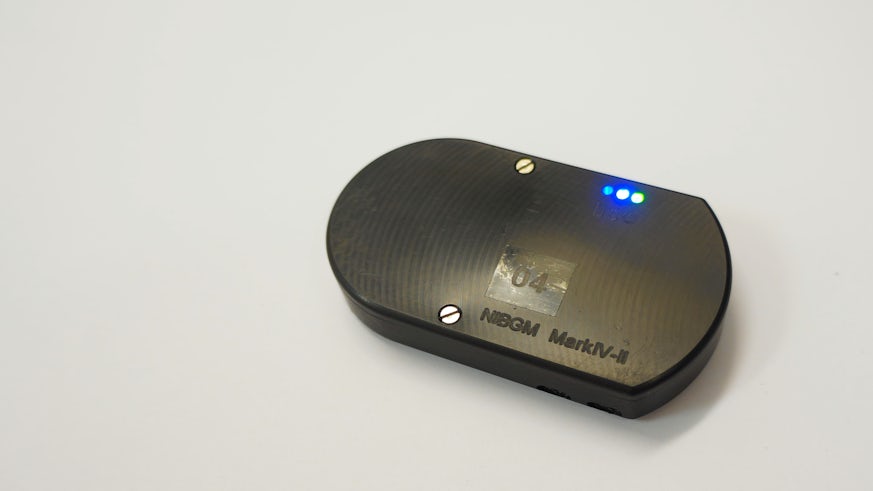Microwave device to monitor diabetes
6 May 2016

A non-invasive blood glucose monitor could make life easier for millions of diabetics worldwide
A team of researchers from the School of Engineering have developed a wearable glucose monitor that does not require the extraction of blood.
Instead of taking measurements by pricking the skin, the device, which attaches to the body via sticky adhesives, uses microwaves to measure glucose levels, sending the resulting data to a computer or mobile app.
The team, led by Professor Adrian Porch and Dr Heungjae Choi, believe the device could make life easier for the millions of people suffering from diabetes around the world and, with the right investment, could reach the market within five years.
The project has received £1m in funding from the Wellcome Trust up to now, and has already been used in clinical trials in patients.
Speaking to the BBC, Professor Porch said the device will eventually help patients manage diabetes.
"Conventional methods of monitoring blood glucose require the extraction of blood. Our device is non-invasive - it does not require the extraction of blood apart from the initial calibration,” Prof Porch said.
"It uses microwaves, but the levels are very, very low. Nowhere near the levels used in domestic cooking. Think about a mobile phone, we're about a thousand times less than that level."
There are 3.5m people diagnosed with diabetes in the UK, with an estimated 549,000 more who have the condition, but do not know it.
The 10% who have Type 1 diabetes have to monitor their blood glucose level more regularly - up to six times a day, or 20,000 times over a decade